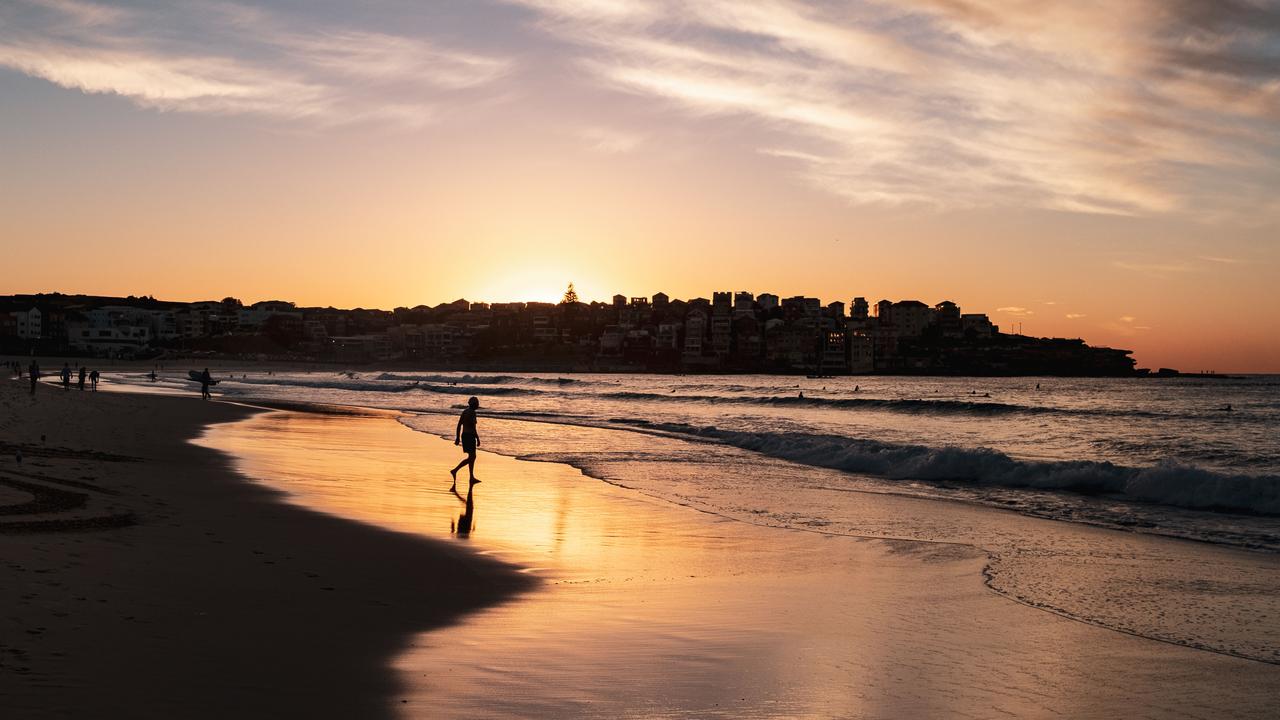Daylight saving is again on its way; here’s what you need to know
We’re weeks away from Australia once again experiencing five different time zones when some states and territories jump forward.

National
Don't miss out on the headlines from National. Followed categories will be added to My News.
Get ready to change the clocks on the oven and microwave, because if you live in a daylight saving state it’s almost that time of year again.
Daylight saving time kicks in again from Sunday October 1, meaning readers in New South Wales, Victoria, Tasmania, the ACT, and South Australia will be in for an overnight jump forward in time.

Clocks will be put forward by one hour, so those states and territories will technically lose an hour that day, and get it back when the summertime measure finishes on Sunday April 7 2024.
But those participating will get to enjoy an extra hour of sunshine in the evenings, and it won’t heat up until a little later on those warm summer days.
Here’s what you’ll need to do and keep in mind depending on your location:

NSW, VIC, TAS, ACT, SA, NORFOLK ISLAND
All these regions take part in daylight saving. It means early on October 1, clocks will jump from 1.59am right to 3am, skipping the 2am hour.
Most devices connected to the internet, like computers and phones, will automatically change depending on user settings.
But some appliances or older technology may need to be changed manually, and put forward by 60 minutes.
The change means NSW, VIC, and TAS will all be on Australian Eastern Daylight Time (AEDT), Norfolk Island will be one hour ahead on Norfolk Island Daylight Time (NFDT), and SA will be half-an-hour behind AEDT on Australian Central Daylight Time (ACDT).

QLD, NT, WA, CHRISTMAS AND COCOS (KEELING) ISLANDS
Queensland, the Northern Territory, Western Australia, Christmas Island, and the Cocos (or Keeling) Islands do not have daylight saving, and therefore don’t need to do anything on October 1.
However, if you need to travel interstate, or call or message people in daylight saving zones, you will have to keep in mind their clocks will be further ahead.
Queensland will be one hour behind the AEDT states, remaining on Australian Eastern Standard Time (AEST).
The NT will stay on Australian Central Standard Time (ACST) and be one-and-a-half hours behind the AEDT states.
And those living in WA will need to remember they’re a whole three hours behind friends in Sydney, Melbourne, or Hobart.
The change means the Australian mainland, between October and April, experiences five different time zones.

All states and territories were forced to undertake daylight saving during the first and second World Wars by federal law. But most states and territories that use it today didn’t do so annually until 1971.
Queensland was also part of that changed, but ditched it the following year. They tried it again from 1989 to 1992, after which they held a referendum, in which 54.5 per cent said they were not in favour of daylight saving.
WA experimented with daylight saving on four separate occasions from 1974 to 2009, holding a referendum after each trial, and every time it was shot down.
The 2009 referendum returned a 54.57 per cent result against daylight saving.
Canadian communities were the first to try daylight saving in 1908.
Originally published as Daylight saving is again on its way; here’s what you need to know








